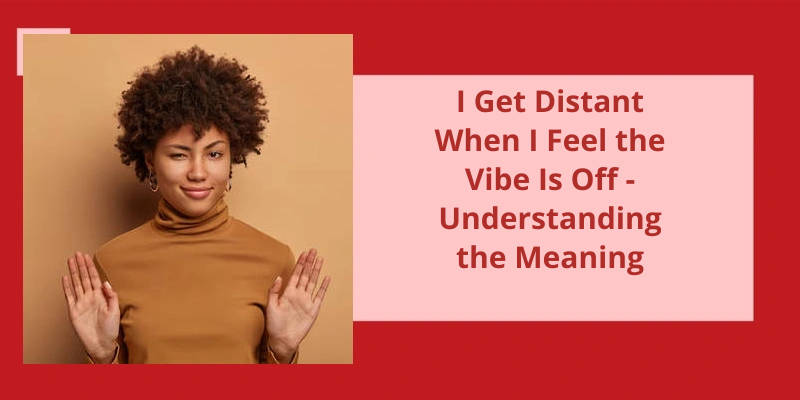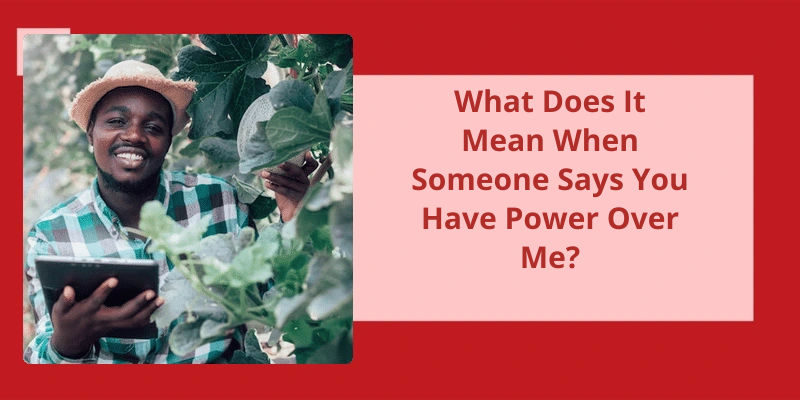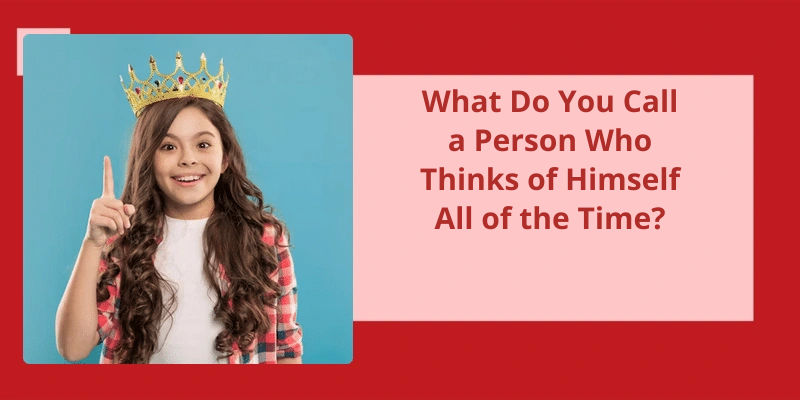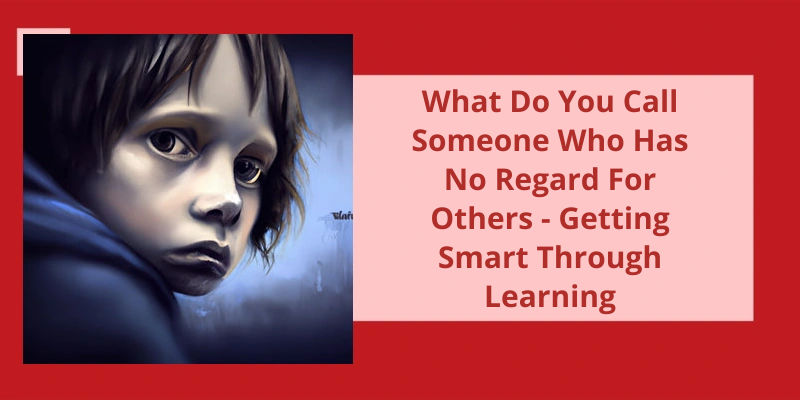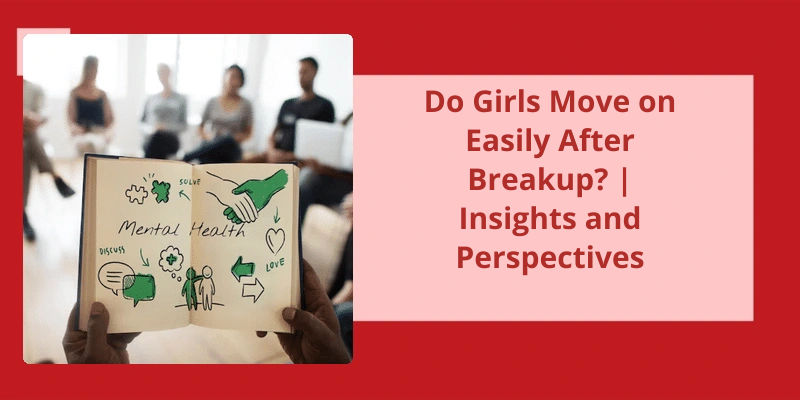Understanding the meaning behind the phrase "I get distant when I feel the vibe is off" is crucial in grasping the complexities of human behavior and interpersonal relationships. This statement encapsulates a universal experience where individuals withdraw emotionally or physically from others when they perceive a negative or uncomfortable energy. The essence of this phrase lies in the profound impact that our intuition and instincts have on our connections with others. It reflects the innate human need for safety, trust, and harmony in our interactions, prompting us to create distance when these conditions are threatened. By delving into the meaning behind this behavior, we uncover valuable insights into the intricacies of human communication and the significance of emotional resonance in forging genuine connections.
How Do You Tell if the Vibes Are Off?
When it comes to detecting whether the vibes around you’re off, there are a few signs that can give you an indication. One of the most apparent signs is being constantly surrounded by negative energy. This can manifest through various means, such as being surrounded by people who consistently bring you down, experiencing conflicts or tensions in your relationships, or finding yourself in situations that drain your energy and leave you feeling depleted.
Little annoyances that seem to pop up frequently can also be a sign that your vibe isn’t aligned. These annoyances can range from small inconveniences or disruptions in your daily routine to recurring conflicts with others. If these irritations persistently present themselves, it might be an indication that the energy youre emitting is attracting similar negative experiences.
Self-soothing is another indicator that your vibe may be off. When we feel at ease and in a positive state, we tend to naturally find comfort and contentment within ourselves. However, if you find that youre constantly seeking ways to soothe and calm yourself, whether through activities, distractions, or even substances, it might signify that youre trying to cope with the underlying discomfort of a misaligned vibe.
Restlessness is yet another sign that something might be off with your energy. Restlessness can manifest as a general feeling of unease, a lack of focus or direction, or a constant sense of searching for something that you cant quite put your finger on. This restlessness can be a result of being out of sync energetically, where your inner self is desperately craving alignment and harmony.
It’s important to pay attention to these signs and listen to your intuition when it comes to your energy and the vibes around you. By recognizing and understanding the meaning behind these signs, you can begin to address and shift your energy to create a more positive and harmonious environment for yourself.
Understanding and aligning with another person’s vibe is an innate human instinct. It’s an energetic connection that goes beyond words and actions, allowing us to sense the harmony or dissonance between ourselves and others. Our emotions, as forms of energy, play a crucial role in this process, with high vibrations like love and joy creating a sense of resonance, while lower vibrations like anger and shame can disrupt this harmony. By recognizing and tuning into the subtle energy dynamics at play, we can navigate our relationships and interactions more authentically and empathetically.
What Is a Person’s Vibe?
When we talk about a persons vibe, were referring to the energy and aura that they emit. It’s the intangible yet palpable feeling that we get when were in someones presence. This vibe can be positive or negative, uplifting or draining. It’s a finely tuned intuition that tells us whether we feel comfortable and in harmony with someone or if theres something off.
When our energy resonates and feels in sync with another persons, we often say that were “on the same wavelength.”. This means that our energies and frequencies align, creating a sense of connection and understanding. It’s like two musical instruments playing harmoniously together, producing a beautiful symphony.
Emotions, too, are a form of energy. Some emotions carry a high vibrational frequency, such as love, joy, and gratitude. These emotions uplift us, make us feel light and expansive. On the other hand, there are emotions that vibrate at a lower frequency, like anger, shame, and fear. These emotions can be heavy, dense, and draining.
When we interact with others, our energies and emotions interact as well. If someones vibe resonates with ours, we often feel a sense of ease and comfort around them. We may feel drawn to spend more time with them and open up about our thoughts and feelings. On the contrary, if someones vibe is off, we may feel a sense of unease, discomfort, or even repulsion. Our energy reacts and responds to theirs, and it becomes a natural instinct to create some distance.
Understanding the meaning behind our reactions and responses to different vibes is essential for self-awareness and emotional well-being. It helps us honor our boundaries and prioritize our own energy. It’s important to recognize that everyone has their own unique vibration, and it’s not our responsibility to change or fix someone elses vibe. Instead, we can choose to surround ourselves with people who uplift and inspire us, while respectfully stepping away when we feel that the vibes are incompatible.
Ultimately, tuning in to our own energy and being mindful of the vibes we encounter allows us to cultivate healthy relationships and create a harmonious environment for personal growth and well-being. It empowers us to honor our intuition and make choices that align with our authentic selves. So, lets pay attention to those subtle energetic cues and trust our inner guidance when it comes to navigating the vast sea of human vibes.
The Role of Intuition in Sensing and Interpreting Vibes
- Intuition as a form of sensing
- How intuition helps in interpreting vibes
- The connection between intuition and energy
- Intuition’s role in understanding non-verbal cues
- Using intuition to guide decision-making
- Intuition’s impact on personal relationships
- The importance of trusting your intuition
- Developing and honing your intuition
- Intuition and it’s link to empathy
- Intuition as a guide in uncertain situations
- The influence of intuition in creative processes
The concept of giving off vibes refers to the distinctive feelings or qualities that can be sensed from someone or somewhere. It describes the overall atmosphere or impression that’s transmitted, whether it be positive or negative. People often use this phrase to express their intuitive perception of a person’s behavior, presence, or environment. For instance, when someone emits an unusual or unsettling feeling, we say they give off a weird vibe.
What Does It Mean to Give Off Vibes?
When we talk about someone “giving off vibes,” we’re referring to the distinctive feeling or quality that can be sensed from their presence. It’s an intuitive perception that allows us to assess and interpret the energy they emit. Sometimes, we may enter a space and immediately feel a good or bad vibe, as if the atmosphere holds a certain energy. Similarly, when we interact with others, we can pick up on their vibes and assess whether they’re positive, negative, or even strange.
The phrase “she gave me a weird vibe” suggests that the speaker perceived something off or unsettling about the person they encountered. It implies that the persons energy or presence conveyed something that was not aligned with their own intuition or expectations. It’s as if they sensed a discordance or unspoken message that made them uncomfortable or cautious.
These vibes can affect the way we connect with others and the overall atmosphere of a situation. For example, when someone has a positive vibe, they might exude warmth, friendliness, and openness, making it easier for others to connect with them. Conversely, a person with a negative vibe may come across as distant, guarded, or even hostile, making others feel uneasy or unwilling to engage.
Understanding and interpreting vibes is deeply subjective and based on our own intuition and perception. It’s important to note that our initial impressions may not always be accurate, as they can be influenced by our own biases and personal experiences. However, being aware of the vibes we give off and being attuned to the vibes of others can provide valuable insights into our interpersonal dynamics and help us navigate social interactions more effectively.
Source: What does “giving off a bad vibe” mean?..
People give off various types of vibes that can be sensed and felt by others. These vibes can be categorized into different types, such as creative vibes, anxious vibes, higher vibes, lower vibes, chill vibes, diligent vibes, distracted vibes, and ulterior vibes. Each type of vibe signifies a unique state of being and can greatly affect the energy and atmosphere surrounding a person.
What Types of Vibes Do People Give Off?
When it comes to vibes, people can give off a wide range of energies and emotions. Creative vibes, for example, are often associated with artistic individuals who exude inspiration and passion in their work. These individuals possess a certain aura that attracts others and sparks their own creative energy. On the other end of the spectrum, anxious vibes are characterized by restlessness and unease. People who give off anxious vibes may appear jittery or on edge, and their energy can be contagious, causing those around them to feel uneasy as well.
Higher vibes, as the term suggests, refer to elevated states of being. These individuals radiate positivity, love, and joy, spreading those feelings to everyone they encounter. Their energy is infectious, uplifting those in their presence and creating a sense of harmony. Conversely, lower vibes aren’t necessarily negative, but rather signify a more subdued energy.
Chill vibes are often associated with a laid-back attitude and a sense of relaxation. These individuals exude a calm and effortless energy that helps to create a peaceful environment. Diligent vibes, on the other hand, are often found in individuals who’re hardworking and focused. Their energy radiates determination and dedication, inspiring others to also give their best.
Distracted vibes, on the other hand, are characterized by a scattered and unfocused energy. These individuals may struggle to concentrate or stay on task, and their energy can be somewhat chaotic. Lastly, ulterior vibes refer to an energy that emanates from individuals who may have hidden agendas or motives. These individuals may appear friendly on the surface, but there’s an underlying sense of manipulation or deceit.
Understanding the different types of vibes that people can give off can help us navigate our relationships and interactions more effectively. By being aware of the energy we put out into the world, we can ensure that we’re fostering positive connections and contributing to a harmonious environment.
Sending good vibes involves cultivating a positive mentality and shifting our approach to the world. It goes beyond nonverbal communication, encompassing our thoughts, emotions, and actions. Whether it’s through maintaining a genuine smile, radiating compassion, or keeping an open mind, the energy we emit can have a profound impact on others. In this article, we will explore various ways to embrace positivity and create a ripple effect of good vibes in our everyday lives.
What Gives Off Vibes?
What gives off vibes? Body language, facial expressions, eye contact, and the various ways we communicate without speaking are all part of how to give off good vibes. But sending good vibes goes much further than nonverbal communication. It involves changing your mentality and the way you approach and view the world. When you feel the vibe is off, it’s a sign that something isnt quite right, and it’s important to understand the meaning behind it.
Facial expressions are another important aspect of giving off vibes. Our faces can instantly communicate our emotions, from joy and warmth to sadness and anger. When the vibe is off, our facial expressions may become tense, closed off, or even blank. It’s important to pay attention to these cues to understand the underlying meaning.
Eye contact is a powerful tool for sending vibes. When we feel connected and engaged, we naturally make eye contact with others. However, when the vibe is off, our eye contact may become fleeting or nonexistent. It’s a way of protecting ourselves and creating distance. Understanding this behavior can help navigate social interactions and improve communication.
The tone of our voice, the speed of our speech, and the words we choose all contribute to the overall vibe. When we feel distant, our communication may become more curt, defensive, or even passive-aggressive. Recognizing these patterns can help address the underlying issues and improve the vibe.
Ultimately, giving off good vibes requires a shift in mentality. It’s about cultivating a positive outlook, empathy, and open-mindedness. When we approach the world with kindness and understanding, it naturally shines through in our interactions. So, take the time to reflect on your own vibes and consider how you can create a more positive and welcoming atmosphere in your daily life.
Conclusion
It isn’t simply a matter of disengagement or disinterest, but rather a self-protective mechanism to preserve emotional well-being. This behavior should be respected and approached with empathy, allowing individuals the space and understanding they need to process their emotions and determine their boundaries. Recognizing the multifaceted nature of this behavior promotes healthier relationships and cultivates an environment of open communication and emotional safety. By seeking to comprehend and support one another in the face of a discordant atmosphere, we can foster stronger connections and ultimately build a more gratifying and harmonious social fabric.

